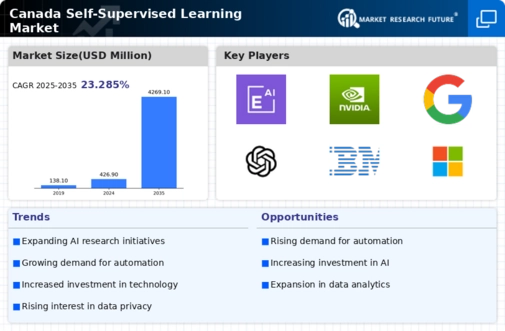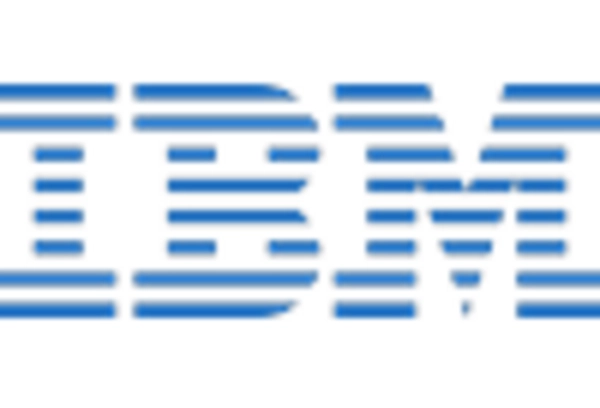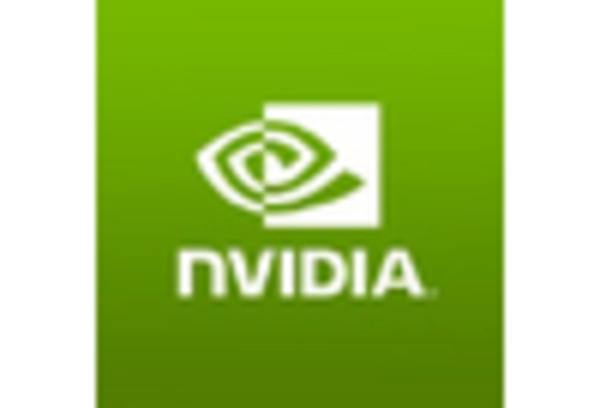Growing Data Availability
The self supervised-learning market in Canada is significantly influenced by the growing availability of data. With the proliferation of digital technologies, organizations are generating vast amounts of data daily. This abundance of data presents a unique opportunity for self supervised-learning techniques, which thrive on large datasets to improve model accuracy and performance. In 2025, it is projected that the volume of data generated in Canada will exceed 30 zettabytes, creating a fertile ground for self supervised-learning applications. Companies are increasingly recognizing the value of harnessing this data to derive insights and make informed decisions. Consequently, the self supervised-learning market is likely to see substantial growth as businesses seek to leverage data-driven strategies to enhance their competitive edge.
Rising Demand for Automation
The self supervised-learning market in Canada is experiencing a notable surge in demand for automation across various industries. Organizations are increasingly recognizing the potential of self supervised-learning techniques to enhance operational efficiency and reduce costs. For instance, sectors such as manufacturing and finance are leveraging these technologies to automate data analysis and decision-making processes. According to recent estimates, the automation market in Canada is projected to grow at a CAGR of approximately 15% over the next five years. This trend indicates a strong inclination towards integrating self supervised-learning solutions, as businesses seek to optimize their workflows and improve productivity. Consequently, the self supervised-learning market is likely to benefit from this growing demand for automation, positioning itself as a critical component in the digital transformation journey of Canadian enterprises.
Increased Focus on Personalization
The self supervised-learning market in Canada is witnessing an increased focus on personalization across various applications. Businesses are recognizing the importance of tailoring products and services to meet individual customer preferences. Self supervised-learning techniques enable organizations to analyze user behavior and preferences, facilitating the development of personalized experiences. In 2025, it is anticipated that the demand for personalized solutions will drive a significant portion of the self supervised-learning market, particularly in sectors such as e-commerce and healthcare. Companies are likely to invest in self supervised-learning technologies to enhance customer engagement and satisfaction. This trend indicates a shift towards more user-centric approaches, positioning the self supervised-learning market as a vital player in the evolution of customer experience strategies.
Regulatory Support for AI Initiatives
Regulatory support for artificial intelligence initiatives is emerging as a crucial driver for the self supervised-learning market in Canada. The Canadian government is actively promoting policies that encourage the development and adoption of AI technologies. Initiatives such as the Pan-Canadian Artificial Intelligence Strategy aim to position Canada as a leader in AI innovation. This supportive regulatory environment is likely to facilitate the growth of the self supervised-learning market, as it encourages businesses to invest in AI solutions. Furthermore, the establishment of ethical guidelines and frameworks for AI deployment is expected to enhance public trust in these technologies, thereby accelerating their adoption across various sectors. As a result, the self supervised-learning market stands to benefit from this favorable regulatory landscape.
Investment in AI Research and Development
Investment in artificial intelligence (AI) research and development is a significant driver for the self supervised-learning market in Canada. The Canadian government, along with private sector players, is allocating substantial resources to foster innovation in AI technologies. In 2025, it is estimated that public and private investments in AI could reach upwards of $1 billion, aimed at enhancing capabilities in machine learning and data processing. This influx of funding is expected to accelerate advancements in self supervised-learning methodologies, enabling the development of more sophisticated algorithms and applications. As a result, the self supervised-learning market is poised to expand, driven by the continuous evolution of AI technologies and the increasing need for intelligent systems across various sectors.

















Leave a Comment